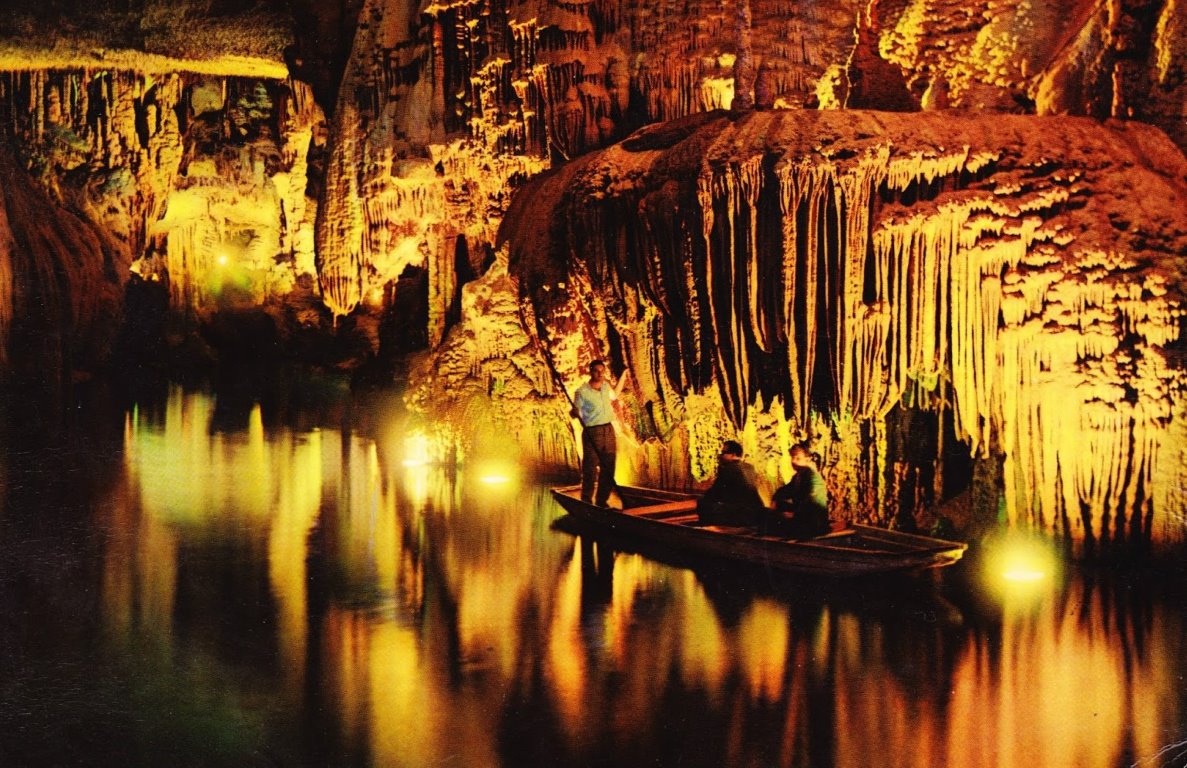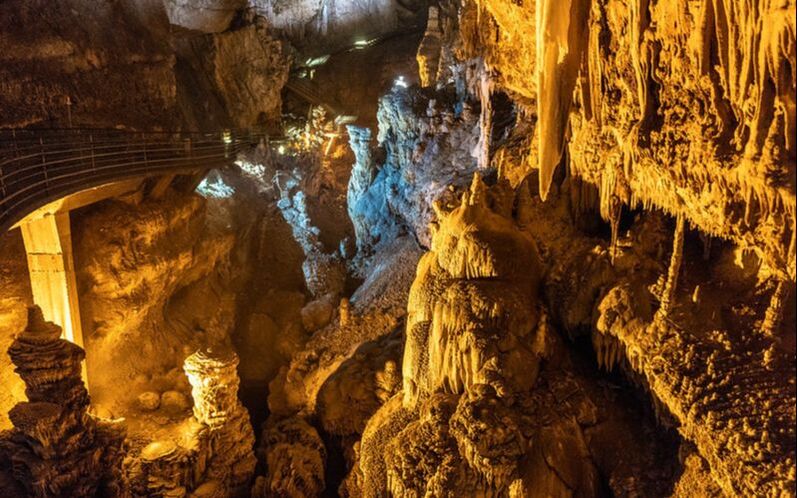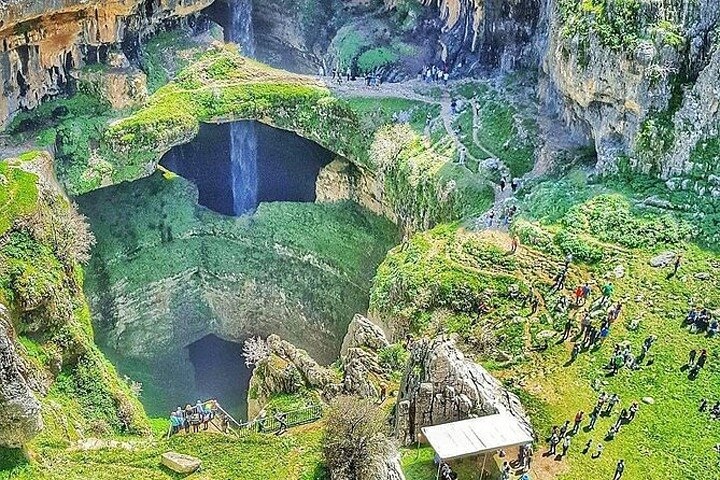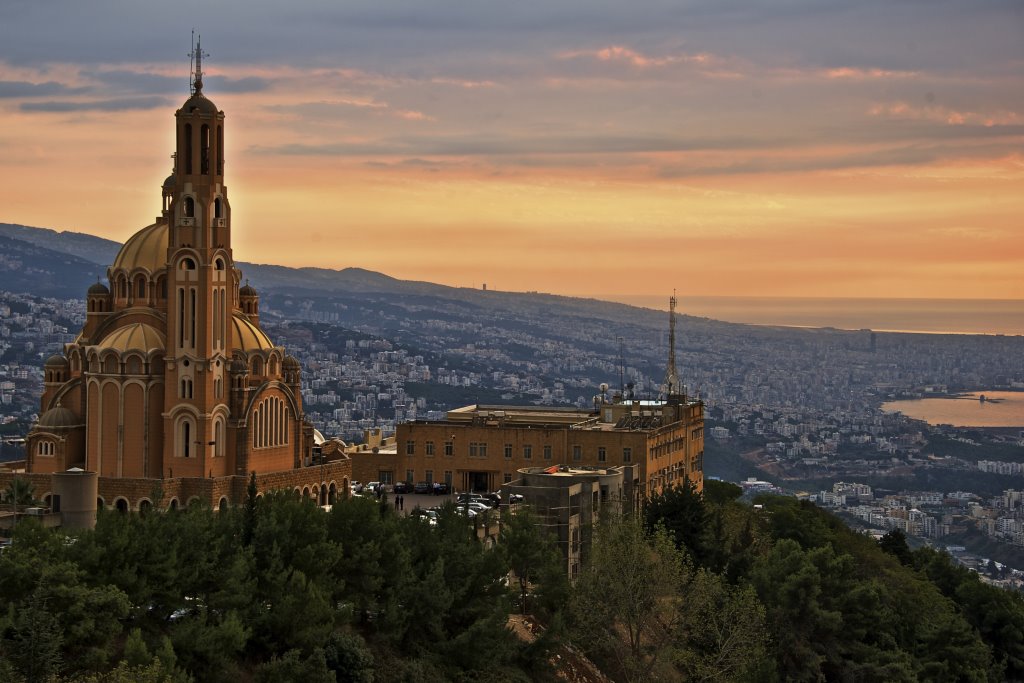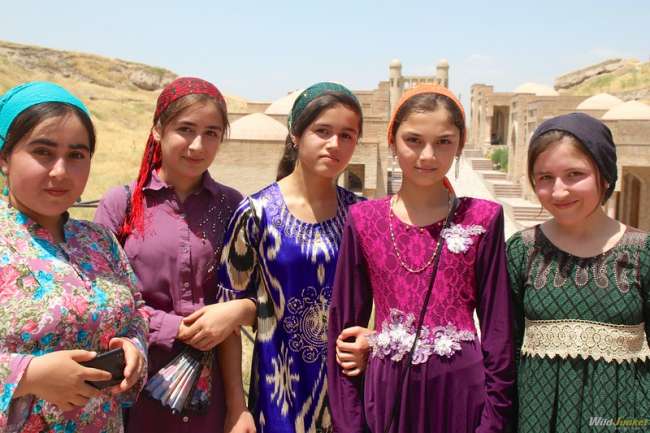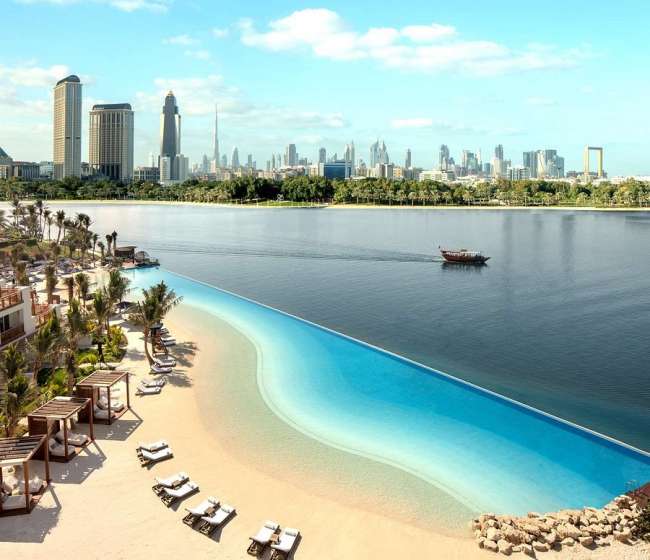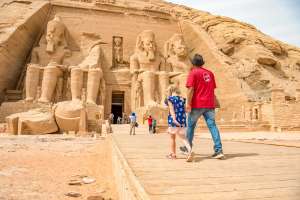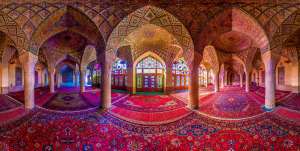Jeita Grotto is one of Lebanon’s most impressive natural landmarks, hidden in the green valley of Nahr al-Kalb just a short drive from Beirut. It’s a place shaped by water, stone, and time, where massive caves open into chambers filled with towering formations that look almost otherworldly. The grotto is divided into two sections — the Upper Grotto, explored through walkways, and the Lower Grotto, visited by a quiet boat ride along an underground lake. Together, they create an experience that feels calm, mysterious, and completely unique. The area around the caves is peaceful and surrounded by hills, with pathways, gardens, and lookout spots that make the whole visit feel like a small escape from the pace of the city.
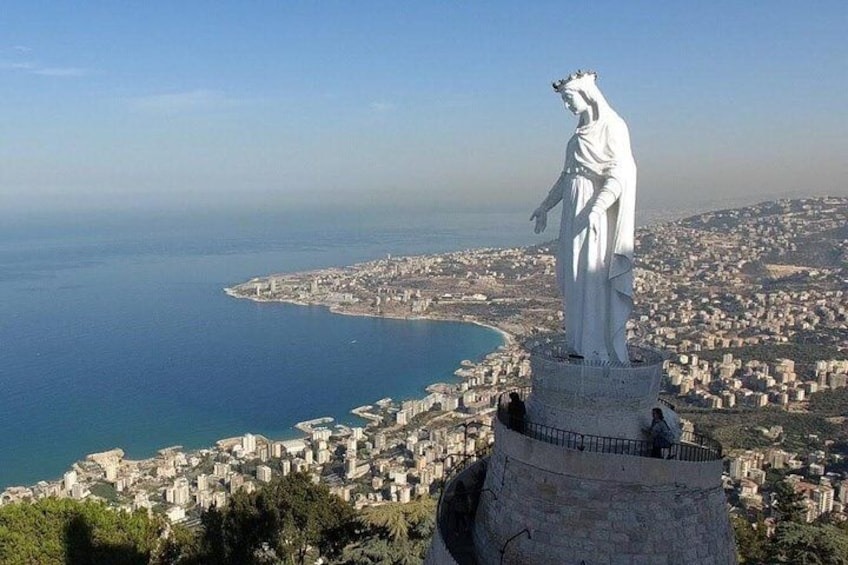
Upper Grotto
The Upper Grotto is a wide, dry cave system filled with enormous limestone formations that have grown slowly over thousands of years. Inside, the air becomes cooler and still, and the only sound is the faint echo of water dripping somewhere deep in the cave. Walkways take you through large chambers where stalactites stretch down like frozen streams and stalagmites rise from the ground in shapes that look like columns or sculpted structures. The lighting highlights each formation gently, revealing thin ridges, smooth curves, and layers of mineral deposits that create incredible natural textures. Some formations look like curtains, others like thick pillars, and many of them continue growing with time. The size and variety inside the Upper Grotto make it a place where you naturally slow down, stopping often to take in each section.
Lower Grotto
The Lower Grotto is partly filled with water, and exploring it by boat adds a different kind of atmosphere. The boat moves quietly over the still surface, and reflections of the cave walls shimmer under the soft light. The ceilings change from high, echoing domes to narrower passages where the rock dips close to the water. Because everything is so calm, you hear small sounds clearly — the drip of water, the boat gliding forward, and the echoes from deeper parts of the cave. The formations here are just as impressive as those in the Upper Grotto, but the presence of water makes them look even more dramatic. The experience feels peaceful and slightly surreal, the kind of moment that stays clearly in your memory.
The Surrounding Area
Outside the caves, the natural surroundings create a gentle, relaxing environment. Trees and hills weave around the valley, with quiet paths that lead to different viewpoints. A cable car carries visitors from the lower entrance to the Upper Grotto, offering a short ride with views over the greenery and the rugged landscape. There are small gardens, shaded seating areas, and spaces where you can take a break before or after entering the caves. The entrance area has a café, souvenir shops, and clean facilities, making it easy to spend a comfortable morning or afternoon without rushing. The setting adds to the whole experience, making Jeita feel like a complete nature escape rather than just a cave visit.
How to Get There
Reaching Jeita Grotto is straightforward because it’s close to Beirut. Most travelers go by car or taxi, and the drive usually takes around 20–25 minutes depending on traffic. Taxis from Beirut commonly offer fixed rates for the round trip, often waiting for you at the entrance until you’re done exploring. Apps like Bolt or Uber sometimes work, but availability can vary in the valley area, so it’s better to arrange the return trip in advance. Public transportation doesn’t reach the grotto directly, so buses aren’t a reliable option. Many visitors combine Jeita with nearby attractions like Harissa or Byblos in one longer trip, making it a practical and enjoyable route along the coast.
Best Time to Visit
Jeita Grotto is open most of the year except during heavy winter rains when the water level in the Lower Grotto becomes too high. Weekdays are usually calmer than weekends, especially in the mornings when fewer tour groups arrive. Since photography isn’t allowed inside, you can move at your own pace without crowds stopping for pictures. Inside the caves, the temperature stays pleasantly cool all year, so bringing a light layer is a good idea even in summer. The surrounding valley is green and pleasant in spring and early autumn, and these seasons often give the best combination of weather and visibility.
Nearby Attractions to Combine With Jeita
Because the grotto doesn’t take a full day to explore, many travelers pair it with other nearby destinations. Harissa, with the iconic Our Lady of Lebanon statue overlooking the bay, is only a short drive away and offers panoramic views of the coastline. The Teleferique cable car in Jounieh takes you from the seaside up to Harissa, making the ride itself a memorable experience. Byblos, one of the oldest towns in the world, is also close enough to add to the same day. Its old harbor, market streets, castle, and seaside restaurants create a comfortable and scenic afternoon visit. If you prefer something quieter, the Nahr al-Kalb valley has monuments and natural landscapes worth exploring as well.
Facilities and Practical Information
The Jeita complex is well maintained. There’s parking near the entrance, clean restrooms, a café, and small shops selling local products. The cable car connects the lower entrance area to the Upper Grotto, and a short train-style shuttle takes visitors from one part of the complex to another. The paths inside the Upper Grotto are well built but slightly damp, so comfortable walking shoes are useful. Children can explore the caves easily with supervision, and the entire complex is organized in a way that keeps the visit relaxed and simple. Because no cameras or phones are allowed inside, lockers may be available depending on the season and staffing.
Tips for Visiting
Arriving early often gives you the calmest atmosphere, especially before tour groups arrive. Since the grotto has strict rules, it’s good to know that photography, touching formations, or eating inside the caves is not permitted. The walk inside the Upper Grotto is not long, but the cool air can feel refreshing if you’ve just come from the heat outside, so layering helps. Booking tickets on-site is easy, and the staff are used to helping international visitors with directions. If you’re planning to explore other attractions on the same day, it’s a good idea to bring water and snacks, as the nearby areas are more spread out.
Jeita Grotto offers a rare blend of calm, beauty, and natural wonder. Walking through its chambers and gliding through the lower lake gives you a real sense of how time shapes landscapes in slow and surprising ways. The peaceful atmosphere inside the caves contrasts nicely with the colorful, lively world outside, creating a visit that feels both refreshing and memorable. Whether you’re traveling from Beirut for a morning trip or combining it with a full day of coastal sightseeing, Jeita stands out as one of Lebanon’s most unforgettable places to experience.


